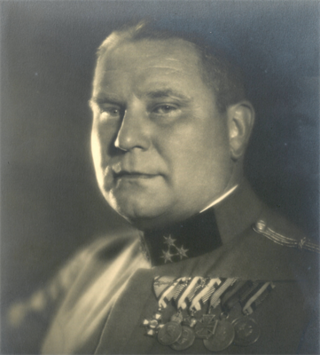DDr. Otto Georg Ignatius Kemptner CanReg

Personalia
Born:
Died:
Profession:
Persecution:
Detention 12.03.1938,
Imprisonment 24.03.1938 - 15.10.1938,
Dachau concentration camp 15.10.1938 - 26.09.1939,
Buchenwald concentration camp 26.09.1938 - 11.10.1939
KZ Number:
Memberships
Curriculum Vitae
Otto Georg Ignatius Kemptner was born in Hainfeld, the legitimate son of locomotive driver Georg Kemptner and Franziska, née Karl. After elementary school, he attended a secondary school in Vienna, where he graduated in 1908. In the same year, he stands at the cradle of two Viennese Catholic fraternities: On 14 November 1908, he founded the secondary school fraternity Bavaria Wien and on 4 December of the same year the student fraternity Franco-Bavaria. In the summer semester of 1910, he enrolled in philology at the University of Vienna, graduating with a teaching degree before the First World War. He served as an anti-aircraft artilleryman during the First World War. In 1920 he joined the financial service. At the same time, he studied law and political science, graduating with a doctorate in both disciplines.
Otto Kemptner played a key role in establishing the Vaterländische Front, which was founded on May 20, 1933. He took over the position of Managing Director in 1933/34. He was promoted to Section Councillor in the Federal Chancellery. From November 1934, he was President of the Salzburg Financial Directorate.
On March 12, 1938, the staunchly patriotic Austrian and opponent of National Socialism witnessed the demise of a free and independent Austria with the invasion of the German Wehrmacht. Otto Kemptner was one of the first people arrested in Salzburg, but was able to return home after interrogation. On March 24, 1938, he was arrested again, taken off duty and transferred to the police prison on Rudolfsplatz in Salzburg as a 'protected prisoner'. Here, together with Leonhard Steinwender and others, he had to remain without a court order and without being charged with a crime until October 15, 1938. He was then deported to the Dachau concentration camp, where he was subjected to 'special treatment' in the bunker etc., among other things. This caused him to suffer serious damage to his health before he was transferred to the Buchenwald concentration camp on September 26, 1939. He was released due to illness on October 12, 1939, as can be seen from the police registration file in Salzburg. He initially returns to Salzburg, where his sister Emma takes care of him. He then retired to the former Pulgarn monastery near Steyregg, which belonged to St. Florian Abbey and served as a refuge for the persecuted Augustinian canons during the Nazi era.
On November 11, 1942, he applied for admission to the Augustinian canons. Shortly before his ordination to the priesthood, he died on May 3, 1944 as a result of his imprisonment in the Elisabethinenspital in Linz. He found his final resting place in the priests' cemetery in St. Florian.
Places
Persecution:
Honoring:
Residence:
Place of activity:
Citations
Krause, Peter/Reinelt, Herbert/Schmitt, Helmut (2020): Farbe tragen, Farbe bekennen. Katholische Korporierte in Widerstand und Verfolgung. Teil 2. Kuhl, Manfred (ÖVfStG, Wien) S. 157.
Matricula Online
